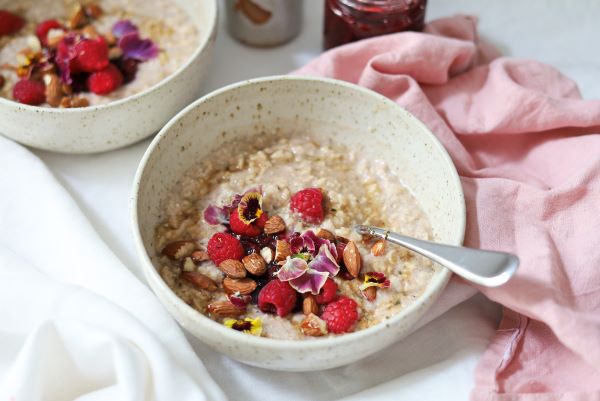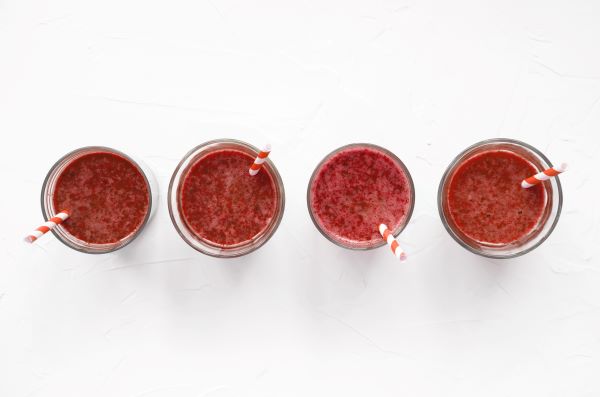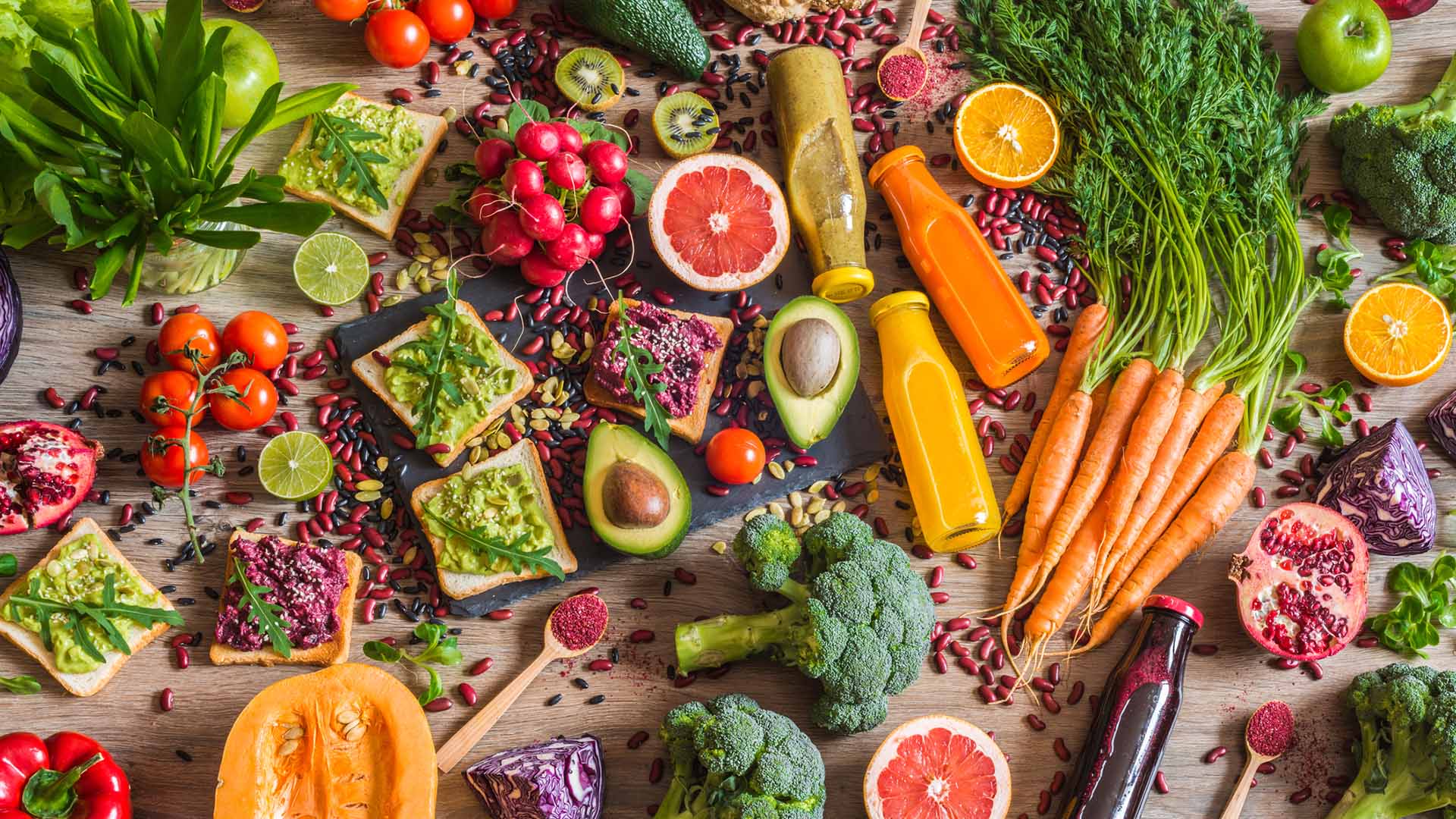Written by Medibank
March 2025
The number of Australians living with diabetes has more than doubled since the year 2000. One in 20 Australians – some 1.3 million of us – have diabetes, with type 2 diabetes accounting for about 85 per cent of these cases.
So, what are the signs and symptoms of type 2 diabetes and what are the best ways to treat or prevent this condition? Here’s the essential information.

What is type 2 diabetes?
Diabetes is a chronic health condition where the levels of glucose (sugar) in the blood are too high. Blood glucose levels are normally regulated by a hormone called insulin, which is made by the pancreas. In type 2 diabetes, the body doesn’t respond effectively to insulin, or stops producing enough.
What is the difference between type 1 and type 2 diabetes?
Type 1 diabetes is an auto-immune disease. This means that the body’s immune system attacks the beta cells in the pancreas that make insulin. It’s a disease you can’t prevent.
People with type 1 diabetes cannot produce insulin from their pancreas. Insulin is the hormone used by the body to turn glucose into energy. Instead of using insulin, the body has to burn its own fat to get the energy it needs. This process can cause a life-threatening build-up of chemicals in the blood.
In type 2 diabetes, the pancreas makes some insulin – but not enough. It is more common in people with a family history of the disease; as well as in people who are overweight or obese, do not exercise enough, and have an unhealthy diet.
When people first get type 2 diabetes, it’s often possible to manage it with healthy eating and regular exercise.
What causes type 2 diabetes?
There are strong genetic factors and lifestyle factors that increase your likelihood of developing diabetes.
The increase in diabetes levels is linked to rising obesity rates (two-thirds of Australian adults and one in four Australian children now classified as overweight or obese), poor diet and lack of physical activity. Type 2 diabetes is also more common in people with a family history of the disease.
Can you reverse type 2 diabetes?
The exact cause of type 2 diabetes is still unknown and there is no cure. However, the good news is the condition can often be prevented or delayed by making early lifestyle changes including weight reduction, changes to diet and undertaking regular physical activity. Once type 2 diabetes is diagnosed, it can be managed and significantly slowed or even halted through continued management of weight, diet and physical activity as well as with taking prescribed medications, including tablets and insulin injections.
In some people with this condition, it’s possible to achieve type 2 diabetes remission. This means they have ‘normal’ blood glucose levels for at least 3 months, which is usually achieved through intensive dietary changes or bariatric surgery.
However, this should only be attempted under the guidance of a healthcare professional, and remission doesn’t mean the type 2 diabetes is cured or reversed.
It’s also important to remember that remission may not be possible for everyone living with type 2 diabetes, however reducing weight and HbA1c can offer great improvements in health and well-being.

Medibank Type 2 Diabetes Program
This 12-month program includes consultations with a dietitian and a supported meal plan that aims to help eligible members achieve a healthy weight and manage their type 2 diabetes. Clinical and product eligibility criteria apply.
What are the symptoms of type 2 diabetes?
The signs and symptoms of type 2 diabetes can be easily missed as they are often attributed to ‘getting older’ or other health or environmental factors. As a result, diabetes can go undetected causing damaging health consequences.
Common symptoms of type 2 diabetes can include:
- being more thirsty than usual
- passing more urine than usual
- feeling tired and lethargic
- constantly feeling hungry
- cuts that heal slowly
- itching and skin infections
- blurred vision
- nausea and vomiting
- weight loss
- weight gain
- mood swings
- headaches
- feeling dizzy
- leg cramps.
It’s worth noting many people with type 2 diabetes don’t have symptoms at all or have signs that go unnoticed over a long period of time.
How to prevent type 2 diabetes
Although there’s no cure for type 2 diabetes, the condition can often be prevented or delayed by making lifestyle changes.
Adopting healthy habits isn’t always easy at first, but it’s worth the effort. Eating a healthy balanced diet, limiting alcohol and processed foods, maintaining a healthy weight, doing regular physical activity, and quitting smoking can all help. Managing your blood pressure and cholesterol levels are also important.
As you get older, it’s also a good idea to see your GP for regular check-ups, so you can monitor your blood glucose, blood pressure and cholesterol, and receive support, advice and tips to boost your health.
How do you treat type 2 diabetes?
Maintaining a healthy weight and diet, exercising regularly, and not smoking are key ways to manage the symptoms of type 2 diabetes.
Exercise helps to control your blood glucose levels while keeping your heart healthy and improving your overall health and wellbeing.
Eating a healthy, balanced diet – including plenty of vegetables, fruit, some grains and dairy, and lean meat and fish – and staying hydrated will also help you manage your blood glucose levels and your weight.
Avoid or limit processed food and drinks, which tend to have a lot of added sugar and salt and keep your alcohol intake to no more than ten standard drinks per week, with no more than four standard drinks consumed in one day. While most people with diabetes can enjoy some alcohol, you should talk to your diabetes healthcare team first.
When it comes to diet, it’s not one-size-fits-all, so it’s important to consult a healthcare professional for your individual needs.

Complimentary health checks now available
We're always looking for ways to help our members, that's why we are trialling complimentary health checks over the phone with Registered Nurses^ for members with Hospital cover.+
Read more about type 2 diabetes
Looking for something else?
Visit our type 2 diabetes hub for more information.
Things you need to know
While we hope you find this information helpful, please note that it is general in nature. It is not health advice, and is not tailored to meet your individual health needs. You should always consult a trusted health professional before making decisions about your health care. While we have prepared the information carefully, we can’t guarantee that it is accurate, complete or up-to-date. And while we may mention goods or services provided by others, we aren’t specifically endorsing them and can’t accept responsibility for them. For these reasons we are unable to accept responsibility for any loss that may be sustained from acting on this information (subject to applicable consumer guarantees).
^ This health check service is being delivered by Amplar Health. Amplar Health is a business of Medibank Health Solutions Pty Limited (ABN 99 078 934 791), a member of the Medibank group of companies.
+ Members must be +18 years and have Hospital cover. Members with Overseas Visitor Health Cover, Working Visa Health Cover and Overseas Student Health Cover (OSHC) are not eligible.










































































































































































































































































